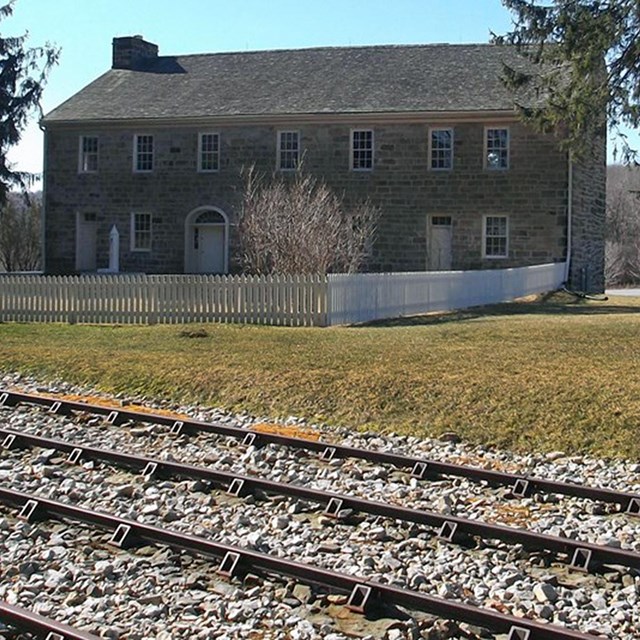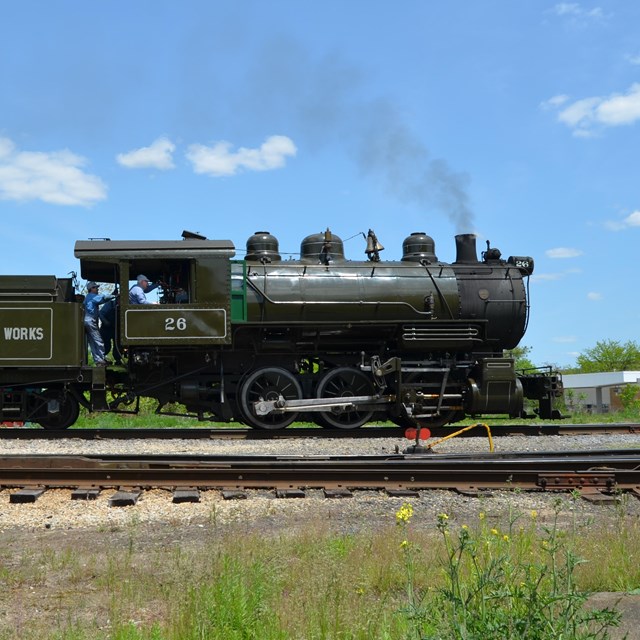Railroads brought the first visitors to national parks. Today, there are national parks dedicated to telling the story of railroads.
Check out some of these other amazing railroad and train stories and experiences in your national parks:
- The Southern Transcontinental Railroad, Amistad National Recreation Area
- Narrow Gauge Railroad, Black Canyon of the Gunnison National Park and Curecanti National Recreation Area
- Scenic Train Ride, Cuyahoga Valley National Park
- Railroad Promotions in Fort Scott, Fort Scott National Historic Site
- Grand Canyon Railroad Service, Grand Canyon National Park
- Kelso Depot Visitor Center, Mojave National Preserve
- Chesapeake & Ohio Railroad, New River Gorge National River
- Nashville and Chattanooga Railroad, Stones River National Battlefield
- Tuscumbia, Courtland, and Decatur Railroad, Trail of Tears National Historic Trail
- Pullman Palace Car Company, Pullman National Historical Park in Chicago, IL
Last updated: August 12, 2024



